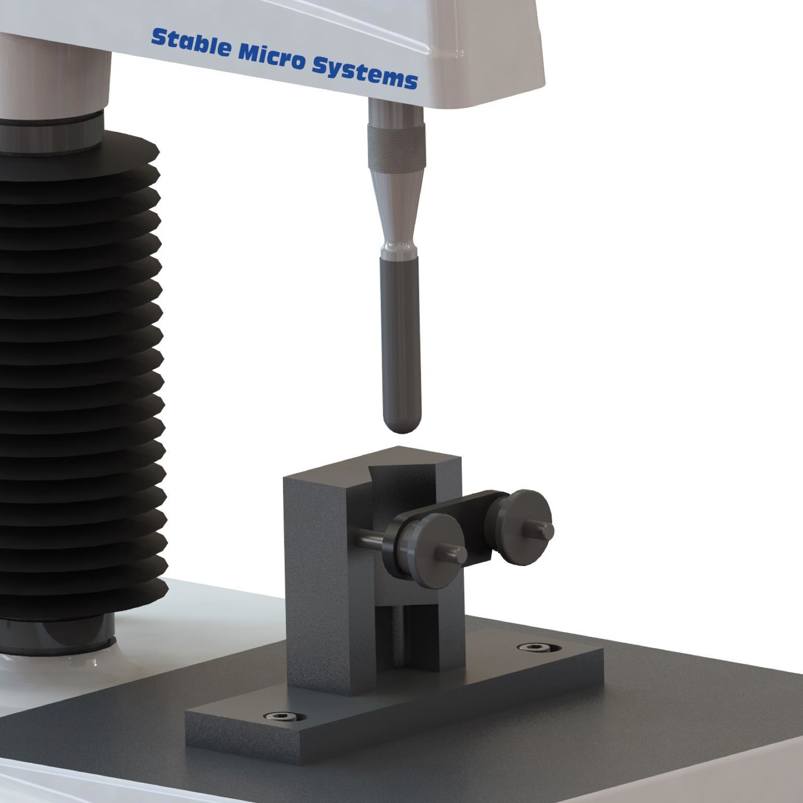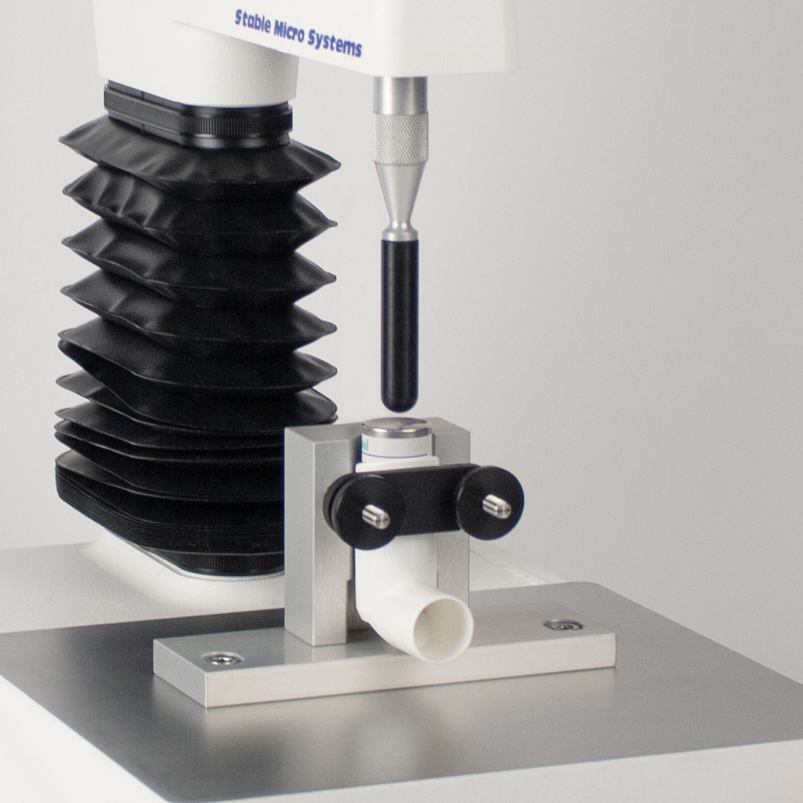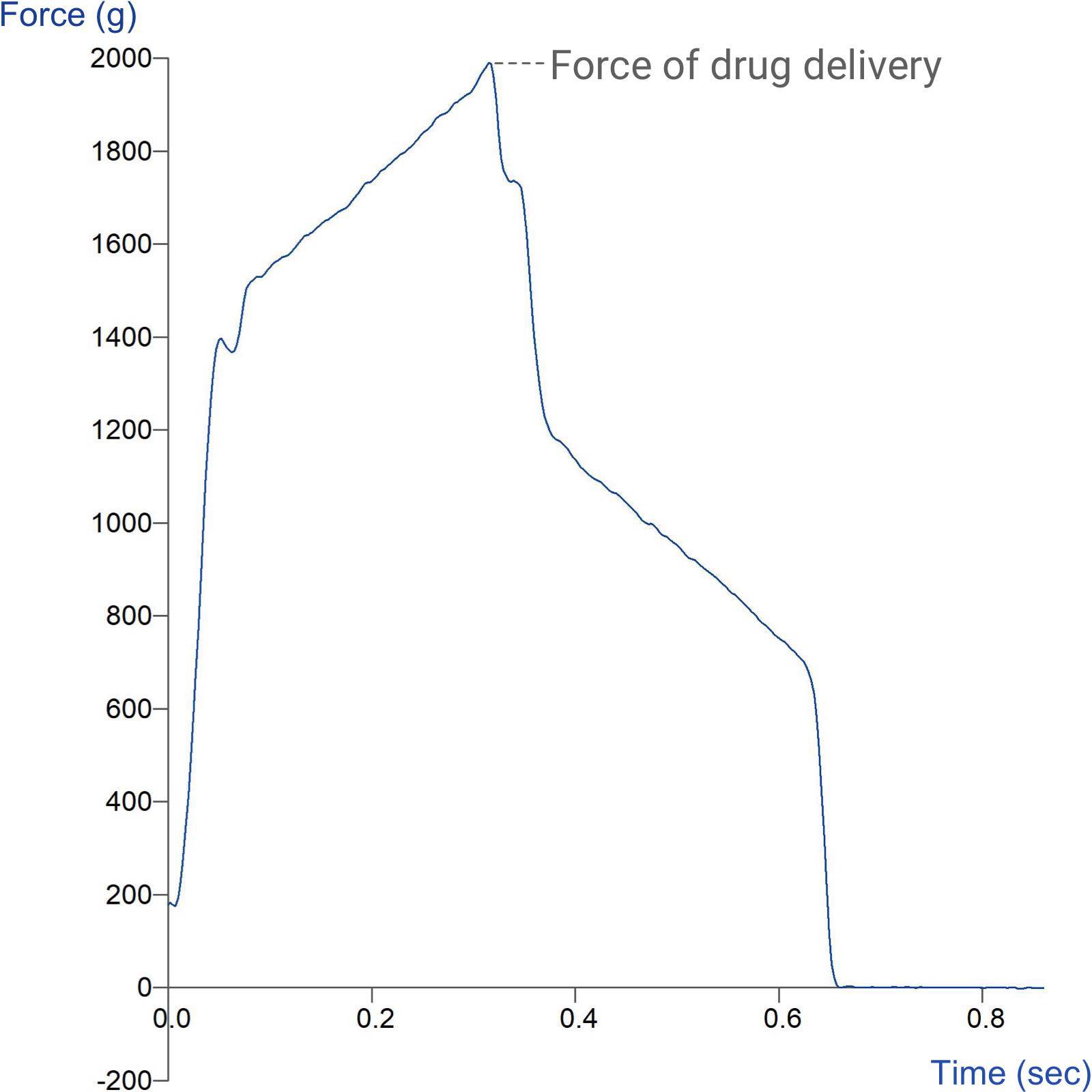Product overview
Aerosol route of administration targets drugs directly to the lungs and offers advantages of bypassing the first pass elimination, reducing the dosage frequency and minimising the extent of adverse drug reactions. This, in turn, improves the therapeutic effect-toxicity ratio.
The metered-dose inhaler (MDI) delivers a precise, reproducible dose of drug accurately to the deep lung. It is also well accepted by patients who depend on MDI's in their treatment and therefore it is essential to constantly improve this technology. Patients need to rely on their inhaler to provide them with the required medication which is often at a crucial time when physical strength may be very low. Therapeutic performance of aerosols is affected by various factors such as actuator tube design, orifice diameter, concentration of surfactant in the system, vapour pressure of propellants, efficiency of valve crimping and particle size of the plume emerging from the inhaler. The metering valve, whose performance is assessed with this test, is a critical component of a finished metered-dose inhaler. The interaction between the elastomeric components and the formulation can significantly affect product performance. A change in formulation, for example implementing a new propellant system, may necessitate a complete redesign of the valve system in order to successfully deliver the drug with the minimum of difficulty.
This attachment supports varying sizes of inhaler for the assessment of metering valve performance, with the aid of a hemispherical probe, which best mimics the action of the finger for drug delivery. The force required to push down on the inhaler to deliver the drug is measured. This assesses the performance of the metering valve which is a critical aspect of quality control.
How does the Inhaler Support Rig work?
Ideal sample form
Rigid components of products that can be held vertically so that they can be depressed in order to actuate.
Benefits and limitations
- Provides an imitative test.
- Made to order.
Technical information
Installation
Full installation instructions are provided within the Education Zone of the latest Exponent/Connect software version and on the technical information sheet accompanying this product.
Chemical compatibility
Stable Micro Systems probes and attachments are commonly made from four materials: anodised aluminium (AA6082 T6), stainless steel (316 T), Delrin (acetyl copolymer) and Perspex (polycarbonate).
In general use, probes and attachments made from these materials will be suitable for testing food products and inert non-food materials.
The four materials listed above are not universally resistant to all types of chemicals and as such the compatibility of the probe/attachment material with the product (to be tested) must be established to prevent damage to the probes and attachments. If the compatibility of the product with the probe is unknown to the customer then the chemical information about the product (Material Safety Data Sheet or Product Data Sheet) should be submitted to Stable Micro Systems. Stable Micro Systems will then assess the suitability of the probe/attachment material for use with the product and advise accordingly. If this advice is not sought then Stable Micro Systems will not accept liability for probes/attachments damaged by chemical attack from the product being tested.
Cleaning and maintenance
All probes and attachments may be cleaned in warm (or hand hot) water using a mild detergent. A soft brush may be used but abrasive cleaning aids should be avoided. Stable Micro Systems products should not be microwaved or cleaned in a dishwasher.
Screw threads should be lightly lubricated after drying using a light lubricant, e.g. petroleum jelly, mineral oil. This will aid the fitting and unscrewing of the item. Each component of a probe or attachment should be wrapped separately when stored, to avoid scratching or chipping. This will safeguard against any unnecessary damage to the accessory.



